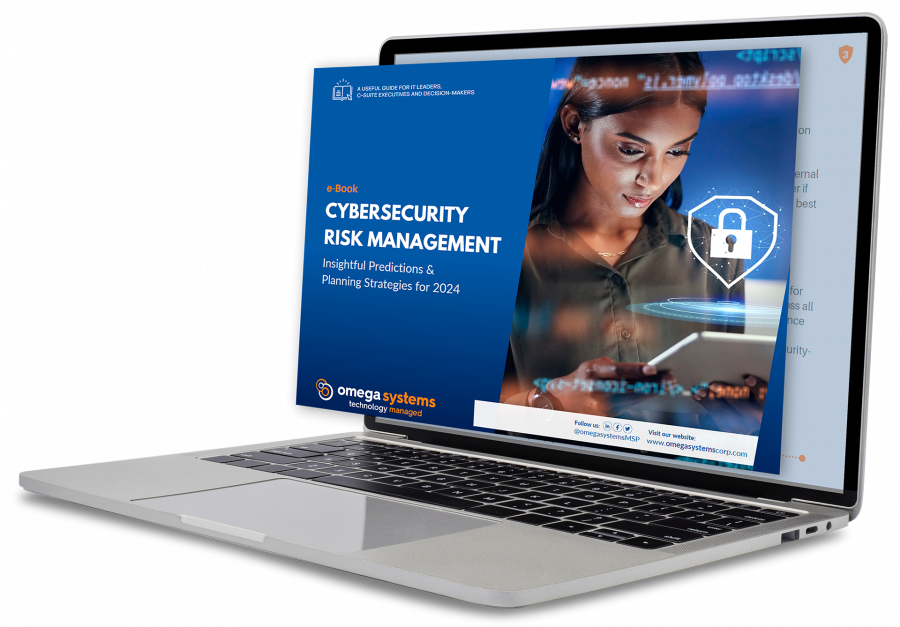Disasters can mean anything from a hurricane or flood to an infiltration of malware, a power outage or theft. This downtime can lead to a loss of revenue, permanent loss of important data and can tarnish your brand reputation in the marketplace. Incorporating a Backup and Disaster Recovery (BDR) solution to maintain the core function of your operations is crucial. It requires an understanding of your business needs, conscious planning and a reliable solution that will allow you to recover your critical data and access your resources, should any type of disaster hit.
With local backups, replications to the cloud and failover sites, our TNS Protect solution ensures that your business and assets are safe and accessible in the event of a disaster.
Hybrid & Local Disaster Recovery
Our Business Continuity platform provides continuous local and cloud backups for your critical servers and applications. Your data is stored on-premise and in multiple remote cloud data centers. Business Continuity goes beyond backups to allow you to quickly recover failed virtual and physical servers as quickly as possible.
Local Disaster Recovery solutions provide the same benefits as a hybrid without the option of moving data to the cloud. Should your server go down, you will still have the capability to virtualize it locally.
Business Continuity Strategy
It only takes one click on a phishing scheme to cause a breach that your business may not recover from. A Disaster Recovery plan remains vital to Business Continuity strategy as it responds to Recovery Point Objective (RPO) and Recovery Time Objective (RTO).
RPO
RPO requires that you define how long your company can run without the most current version of your files/data. Depending on the type of business you are in, losing one day’s amount of work could be acceptable, but if you are in a financial institution you may only tolerate 1 hour when it comes to data loss.
RTO
A Recovery Time Objective (RTO) RTO defines how much data loss threatens the survival of your business. How long can your business afford to have your line of business application offline, until your business is impacted financially? How long can your company not have access to email? This can vary, but knowing how long it can take to recover these business critical components will determine if your company will make it through the next natural disaster or security breach, such as ransomware. Successful disaster recoveries are comprised of two key components – a documented Disaster Recovery plan that meets the needs of your business and a team of IT professionals to successfully act upon it.
Empower Your Organization Through Business Continuity Planning
- Deliver on Expectations When Recovering Mission-Critical Systems
- Comply With Legal or Statutory Compliance Obligations
- Achieve a Competitive Edge in the Marketplace
- Cultivate a Resilient Culture Across Your Organization
- Preserve Your Brand and Reputation Should a "Disaster" Hit
Get the Support You Need Today
Technology is a key driver for your business. It is important to work with the right MSP.




